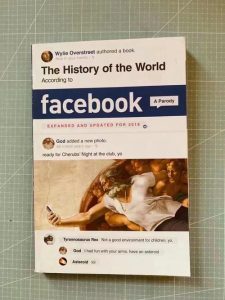Tone in Literature: A Detailed Multidimensional Introduction
The tone of a literary work is a crucial element that can greatly influence the reader’s experience. It is the author’s voice, the mood, and the emotional atmosphere that permeates the entire text. Understanding the tone is essential for appreciating the nuances of a story and the author’s intentions. In this article, we will delve into the definition of tone in literature, explore its various dimensions, and provide examples from renowned literary works.
What is Tone in Literature?
Tone refers to the attitude or feeling conveyed by an author through their writing. It can be formal or informal, serious or humorous, optimistic or pessimistic. The tone is often conveyed through the choice of words, the structure of sentences, and the overall style of the work. It is important to note that tone is subjective and can vary from reader to reader.
For instance, consider the opening line of Jane Austen’s “Pride and Prejudice”: “It is a truth universally acknowledged, that a single man in possession of a good fortune, must be in want of a wife.” This line sets a light-hearted and satirical tone for the entire novel, which is characterized by wit and social commentary.
Dimensions of Tone
There are several dimensions through which we can analyze the tone of a literary work:
1. Emotional Tone
The emotional tone refers to the feelings and emotions that the author aims to evoke in the reader. It can range from joy and excitement to sadness and despair. Emotional tone is often conveyed through the use of descriptive language and the portrayal of characters’ emotions.
In “To Kill a Mockingbird,” Harper Lee creates a somber and poignant emotional tone to explore themes of racial injustice and moral growth. The emotional tone is heightened through the character of Scout Finch, who narrates the story with a sense of innocence and wonder.
2. Social Tone
The social tone reflects the author’s perspective on society and the social context of the story. It can be critical, celebratory, or indifferent. The social tone is often revealed through the portrayal of characters, their interactions, and the setting.
In “1984,” George Orwell presents a dystopian society where the government controls every aspect of life. The social tone is one of oppression and fear, as the protagonist, Winston Smith, struggles to maintain his humanity in a totalitarian regime.
3. Intellectual Tone
The intellectual tone refers to the author’s approach to the subject matter and the intellectual content of the work. It can be philosophical, scientific, or artistic. The intellectual tone is often conveyed through the use of complex language and intricate plotlines.
In “Moby-Dick,” Herman Melville explores themes of obsession, fate, and the human condition. The intellectual tone is characterized by its philosophical depth and the use of rich, symbolic language.
4. Satirical Tone
Satirical tone is used to mock or criticize a particular subject or group of people. It often involves exaggeration, irony, and wit. Satire can be subtle or overt, and it can be used to entertain or to provoke thought.
In “The Great Gatsby,” F. Scott Fitzgerald employs a satirical tone to critique the American Dream and the excesses of the 1920s. The tone is evident in the character of Tom Buchanan, who embodies the worst aspects of the era’s greed and materialism.
Table: Examples of Tone in Literature






